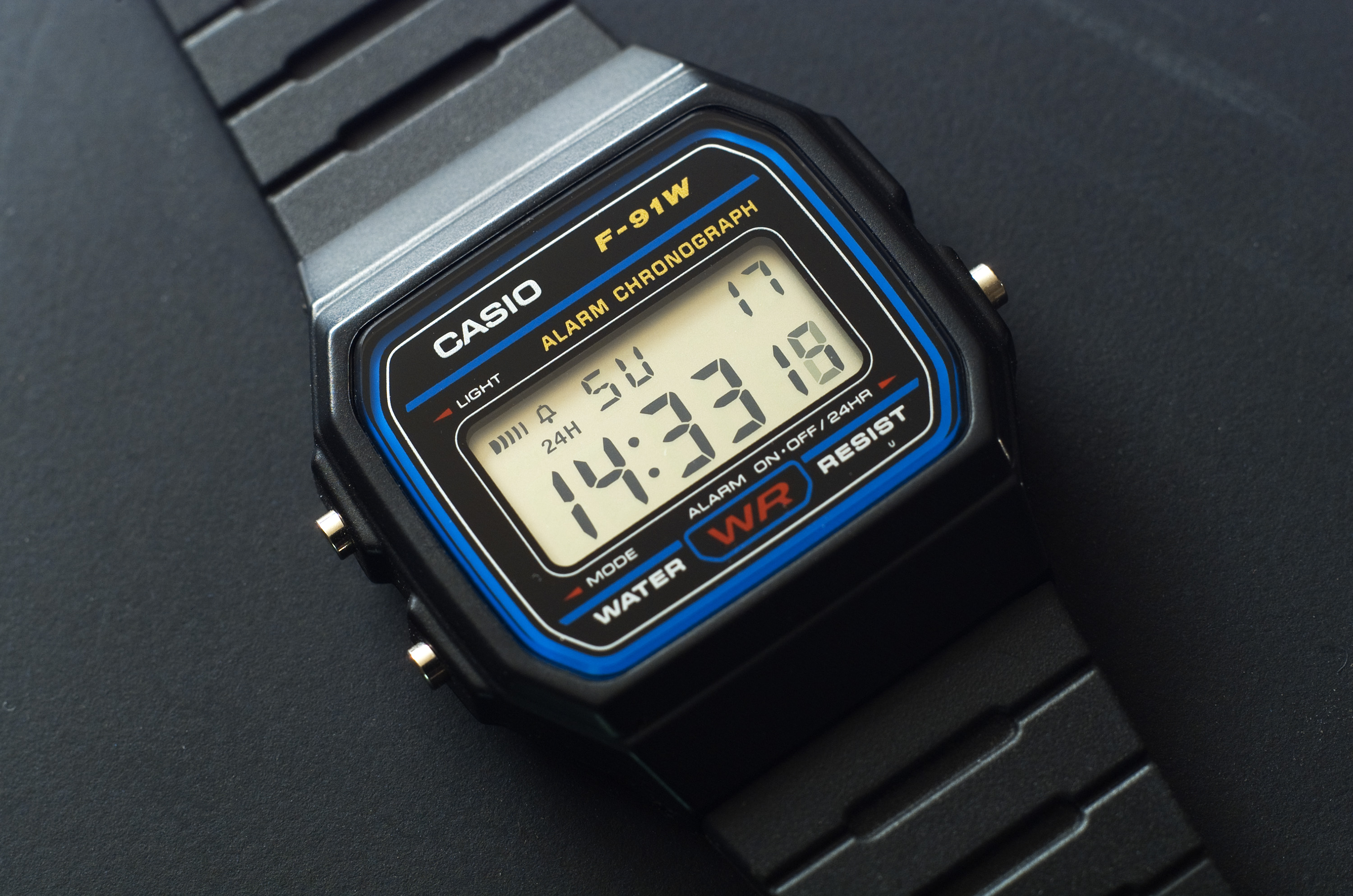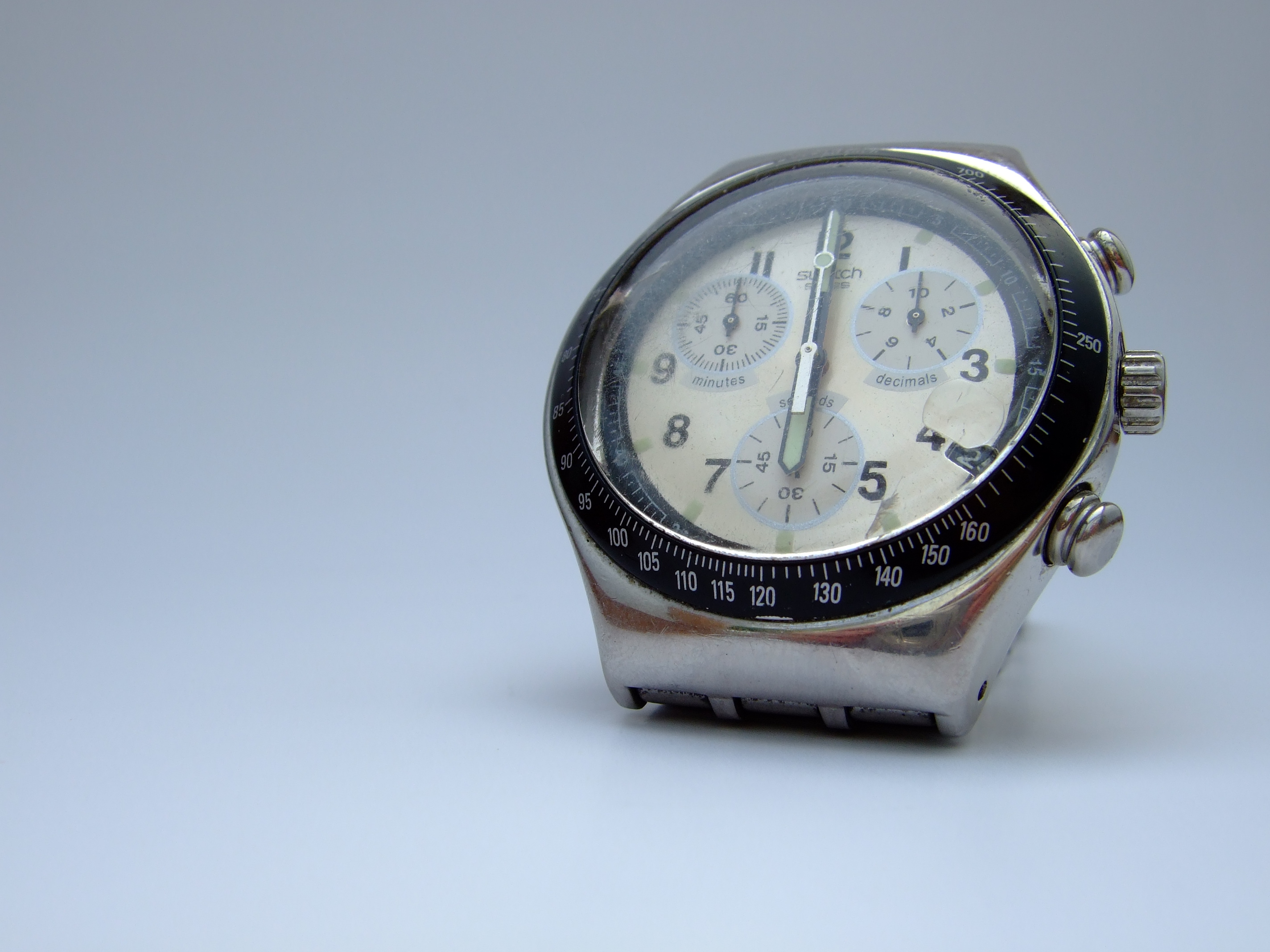|
Moondial
Moondials are time pieces similar to sundials, using the moon to cast shadows on a marked dial. The most basic moondial is accurate only on the night of the full moon. Every night after that, it loses on average 48 minutes, while every night preceding the full moon it gains 48 minutes. Thus, one week to either side of the full moon, the moondial will read 5 hours and 36 minutes before or after the correct time. More advanced moondials include charts showing the exact calculations to find the correct time, as well as dials designed with latitude and longitude. Moondials are very closely associated with lunar gardening (night-blooming plants), and some comprehensive gardening books mention them. See also * Time Time is the continuous progression of existence that occurs in an apparently irreversible process, irreversible succession from the past, through the present, and into the future. It is a component quantity of various measurements used to sequ ... Notes Refe ... [...More Info...] [...Related Items...] OR: [Wikipedia] [Google] [Baidu] |
Sundial
A sundial is a horology, horological device that tells the time of day (referred to as civil time in modern usage) when direct sunlight shines by the position of the Sun, apparent position of the Sun in the sky. In the narrowest sense of the word, it consists of a flat plate (the ''dial'') and a gnomon, which casts a shadow onto the dial. As the Sun diurnal motion, appears to move through the sky, the shadow aligns with different hour-lines, which are marked on the dial to indicate the time of day. The ''style'' is the time-telling edge of the gnomon, though a single point or ''nodus'' may be used. The gnomon casts a broad shadow; the shadow of the style shows the time. The gnomon may be a rod, wire, or elaborately decorated metal casting. The style must be polar alignment, parallel to the axis of the Earth's rotation for the sundial to be accurate throughout the year. The style's angle from horizontal is equal to the sundial's geographical latitude. The term ''sundial'' can r ... [...More Info...] [...Related Items...] OR: [Wikipedia] [Google] [Baidu] |
Agricultural Astrology
Agricultural astrology, a type of electional astrology for gardening and for horticulture, advises scheduling the planting, cultivating and harvesting of crops based on moon phases and on astrological signs. Agricultural astrology, a pseudoscience, is often referred to as "planting by the signs" because of its reliance on astrological signs for planting, cultivating and harvesting. The ''Old Farmer's Almanac'' regularly features a "planting by the signs" section. History Agricultural astrology is one of the oldest forms of astrology. It was probably one of the first use humans made of lunar cycles. Evidence of its practice dates back thousands of years to the ancient peoples of the Nile and Euphrates River valleys. Farmers of these civilizations planted by the Moon's phase and its sign in the zodiac. There is a lack of scientific evidence proving the beneficial effects of astrological gardening. A few studies have been conducted, but "none of this has been conclusively prov ... [...More Info...] [...Related Items...] OR: [Wikipedia] [Google] [Baidu] |
Time
Time is the continuous progression of existence that occurs in an apparently irreversible process, irreversible succession from the past, through the present, and into the future. It is a component quantity of various measurements used to sequence events, to compare the duration of events (or the intervals between them), and to quantify rates of change of quantities in material reality or in the qualia, conscious experience. Time is often referred to as a fourth dimension, along with Three-dimensional space, three spatial dimensions. Time is one of the seven fundamental physical quantities in both the International System of Units (SI) and International System of Quantities. The SI base unit of time is the second, which is defined by measuring the electronic transition frequency of caesium atoms. General relativity is the primary framework for understanding how spacetime works. Through advances in both theoretical and experimental investigations of spacetime, it has been shown ... [...More Info...] [...Related Items...] OR: [Wikipedia] [Google] [Baidu] |
Clocks
A clock or chronometer is a device that measures and displays time. The clock is one of the oldest human inventions, meeting the need to measure intervals of time shorter than the natural units such as the day, the lunar month, and the year. Devices operating on several physical processes have been used over the millennia. Some predecessors to the modern clock may be considered "clocks" that are based on movement in nature: A sundial shows the time by displaying the position of a shadow on a flat surface. There is a range of duration timers, a well-known example being the hourglass. Water clocks, along with sundials, are possibly the oldest time-measuring instruments. A major advance occurred with the invention of the verge escapement, which made possible the first mechanical clocks around 1300 in Europe, which kept time with oscillating timekeepers like balance wheels., pp. 103–104., p. 31. Traditionally, in horology (the study of timekeeping), the term ''clock'' was us ... [...More Info...] [...Related Items...] OR: [Wikipedia] [Google] [Baidu] |
Timekeeping
Time is the continuous progression of existence that occurs in an apparently irreversible succession from the past, through the present, and into the future. It is a component quantity of various measurements used to sequence events, to compare the duration of events (or the intervals between them), and to quantify rates of change of quantities in material reality or in the conscious experience. Time is often referred to as a fourth dimension, along with three spatial dimensions. Time is one of the seven fundamental physical quantities in both the International System of Units (SI) and International System of Quantities. The SI base unit of time is the second, which is defined by measuring the electronic transition frequency of caesium atoms. General relativity is the primary framework for understanding how spacetime works. Through advances in both theoretical and experimental investigations of spacetime, it has been shown that time can be distorted and dilated, particula ... [...More Info...] [...Related Items...] OR: [Wikipedia] [Google] [Baidu] |


